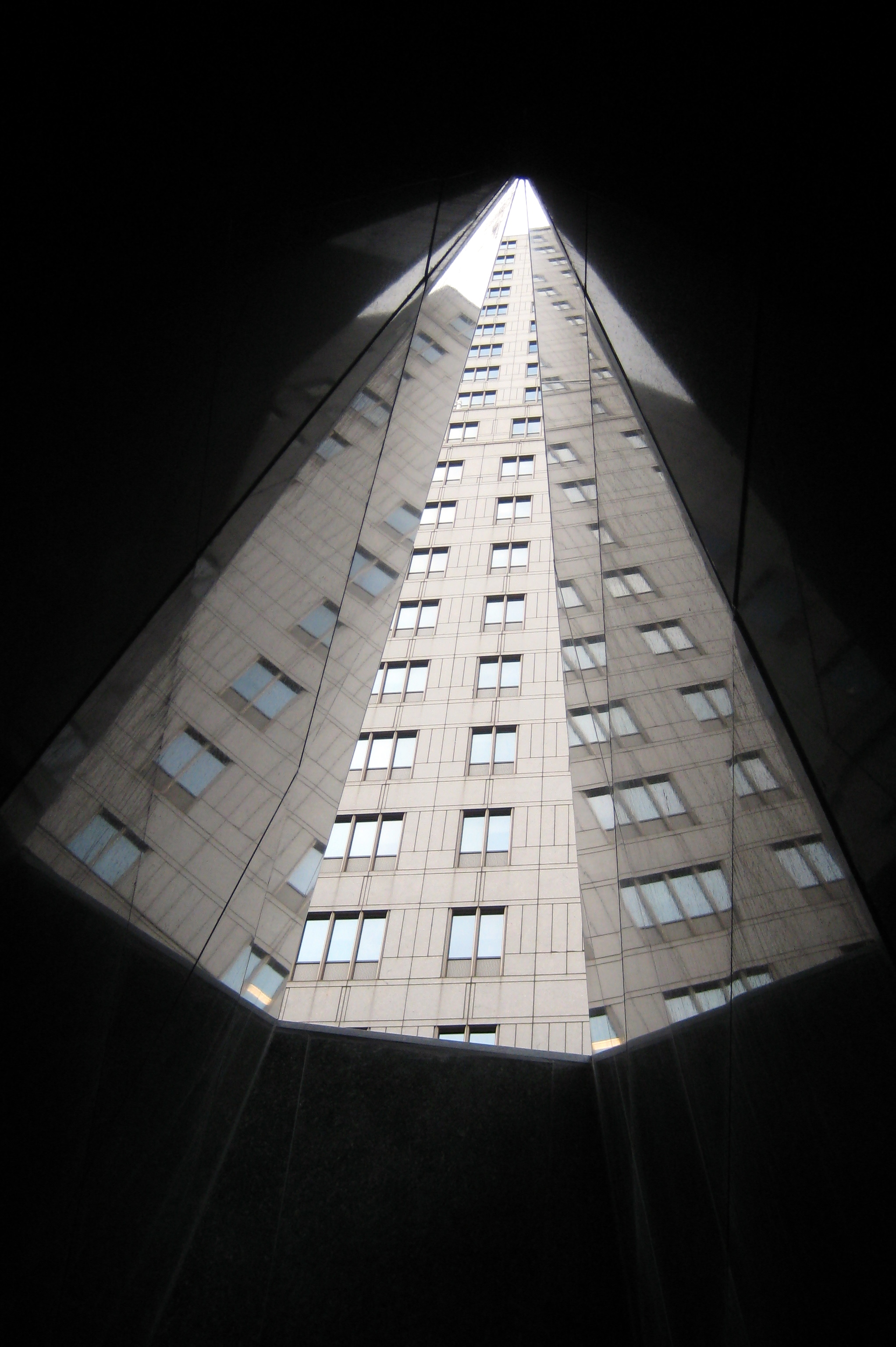Информация об изображении
Название: NYC - Civic Center: African Burial Ground National Monument During the preliminary construction phase of a new Federal office building at 290 Broadway in 1991, workers discovered the remains of more than 400 Africans stacked in wooden boxes just 16 to 28 feet below street level. Construction on what was to become a $276 million U.S. General Services Commission building was halted immediately, and a subsequent archeological investigation unearthed the remnants of a five- to six-acre African burial ground used throughout the 17th and 18th centuries. Initially, the federal government resisted permanent discontinuation. owever, the overwhelming response from the African-American community, including then Mayor David Dinkins, in the form of protests, vigils, public meetings, and religious observances eventually won the support of the federal government. Enslaved Africans began arriving on the shores of the colony of New Amsterdam as early as 1626, and the area known today as New York City was one of the largest slave trading centers (second only to Charleston, South Carolina) throughout the colonial period. The Burial Ground, though, wasn't created until the early 1700s, when Trinity Church banned all Africans from its cemetery, leaving them relegated to a deserted area, then more than a mile outside the city limit, to bury their dead. As the city began to expand throughout the 18th century, it appropriated the space occupied by the African Burial Ground and covered the site with landfill and debris from the nearby leather and pottery industries. By the time slavery was abolished in New York -- on Emancipation Day, July 4, 1827 -- many had long forgotten about the burial ground. At the time of its discovery in 1991, the African Burial Ground was recognized as the largest and only known urban pre-Revolutionary African cemetery in the country. In 1993, the federal government declared the site a National Historic Landmark. Between the time of its discovery and its designation as a historic landmark, urban archeologists exhumed the remains of more than 400 African adults and children, along with various artifacts such as beads, coins, and shells, and transported them to Washington, D.C.'s Howard University. In September 2005, ground was broken for a $3 million memorial, located at Duane and Elk Streets, commemorating the lives of 20,000 enslaved Africans who were laid to rest in the Civic Center area in the 17th and 18th centuries. Though most remains were exhumed, more than 400 were ceremoniously reinterred in October 2003. Designed by architect Rodney Léon, the soaring, circular memorial is home to a wall of remembrance, ancestral pillars, a spiral processional ramp, and a "Circle of the Diaspora," which features symbols and images of African, Latin American, and Caribbean cultures. The U.S. General Services Administrationfunded the memorial, which was built and maintained in collaboration with the National Parks Service. NPS declared the site a National Monument in fall 2007. National Historic Register #93001597Загружено: 25.01.2020 6:55
Просмотров: 25
Размер изображения: 2044×3072 пикселей
Камера: Canon PowerShot SD1000
Изменение фото: 2.02.2008 15:11
Съёмка фото: 2.02.2008 15:11
Запись в память камеры: 2.02.2008 15:11
ISO: 160
Фокусное расстояние: 5.8
Диафрагма: 2.8
Выдержка: 1/500
Вспышка: Использовалась
Программа: Picasa 3.0
